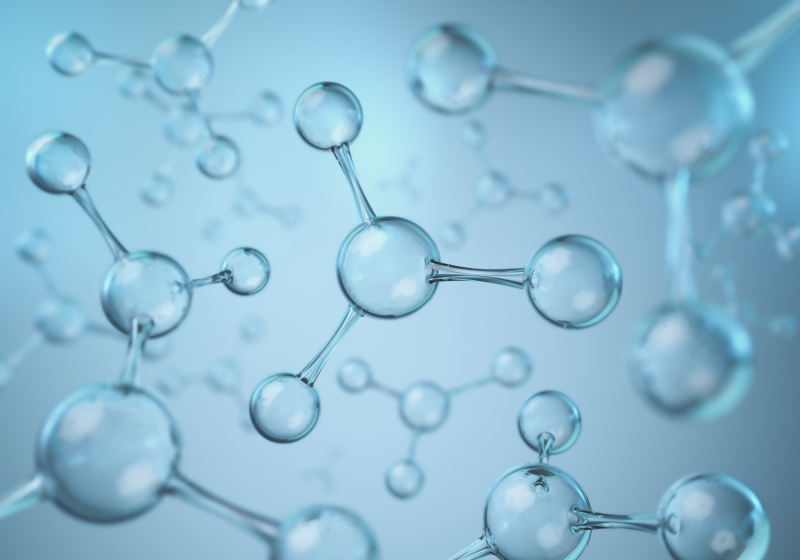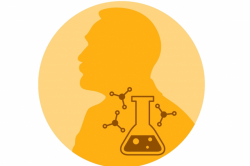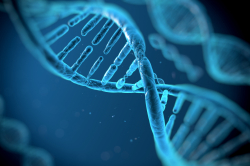Contents:
- What are click chemistry and bioorthogonal chemistry and why do we need them?
- What kinds of reactions are typical for click chemistry?
- What did each of this year’s winners contribute to science?
- How will their work affect further research and our everyday life?
- Where are click reactions applied now?
What are click chemistry and bioorthogonal chemistry and why do we need them?
Every organic chemist is striving to conduct chemical reactions quicker and in conditions that don't call for high pressure or temperatures. At the same time, researchers want to create substances with a complex structure. Catering to both these needs became possible thanks to click reactions, called like that due to their swiftness – they are done with one “click.”
Such reactions can be conducted in different media and even in living objects, without disturbing their natural processes, which is especially interesting. This is where bioorthogonal chemistry takes the stage, because this field focuses on reactions that occur in living cells. Experiments like these have already been conducted for such purposes as creating a specific drug or contrast indicator inside, for instance, a cancer cell.
Such reactions can be conducted in different media and even in living objects, without disturbing their natural processes, which is especially interesting. This is where bioorthogonal chemistry takes the stage, because this field focuses on reactions that occur in living cells. Experiments like these have already been conducted for such purposes as creating a specific drug or contrast indicator inside, for instance, a cancer cell.
What kinds of reactions are typical for click chemistry?
In essence, click reactions work because the researchers have discovered the so-called “tails” – highly reactive pieces of molecules, such as, for instance, the triple bond between carbon atoms (alkynes) or the double bond between two nitrogen atoms (azides). These tails connect to different molecules and tie them together, resulting in new substances.
What did each of this year’s winners contribute to science?
This year marks the second Nobel Prize in Chemistry for Karl Barry Sharpless, which is quite a rarity. In 2001, he shared the prize with William S. Knowles and Ryōji Noyori. Sharpless was awarded for his work on chirally catalysed oxidation reactions, now used in the pharmaceutical industry, and in particular for the enantioselective alkene epoxidation, which is now called the Sharpless epoxidation. Then, in the 2000s, Sharpless went on to work in a new field, proposing a method for effective and secure connection of organic molecules. Eventually, this brought about the field of click chemistry.
Later, K. Barry Sharpless and Morten Meldal separately worked on reactions between two different functional molecule groups (azides and alkynes) with a copper catalyst. Carolyn Bertozzi succeeded in bringing this azide-alkyne cycloaddition to a new level by conducting it without a catalyst. She also demonstrated the promises of applying click reactions in bioorthogonal chemistry, which can be used to predict methods of synthesis and generate databases of its various products that will be able to cross the blood-brain barrier. This way, treatments will be able to reach the brain directly.
Later, K. Barry Sharpless and Morten Meldal separately worked on reactions between two different functional molecule groups (azides and alkynes) with a copper catalyst. Carolyn Bertozzi succeeded in bringing this azide-alkyne cycloaddition to a new level by conducting it without a catalyst. She also demonstrated the promises of applying click reactions in bioorthogonal chemistry, which can be used to predict methods of synthesis and generate databases of its various products that will be able to cross the blood-brain barrier. This way, treatments will be able to reach the brain directly.
How will their work affect further research and our everyday life?
Scientists have always been interested in ways to combine different particles into a single molecule with new useful properties. Click reactions made it possible to synthesize drugs, implement new diagnostic methods, develop new materials in energetics and membrane technologies. Moreover, researchers were able to establish methods to store information at the molecular level.
Where are click reactions applied now?
Over the past 20 years, click reactions became quite widespread. They are now used by many research groups, including those at ITMO’s Infochemistry Scientific Center. Scientists analyse mechanisms of various reactions to improve their yield (which indicates the mass of a product in theoretical calculations and after experiments) or assemble brand-new molecules or molecular complexes for targeted drug delivery. Researchers from the Infochemistry Scientific Center have developed NeuroClick software that allows to design substances that will be able to go through the blood-brain barrier. Despite these great strides, there are still many fields where we can develop click reaction technologies. For instance, we can pinpoint the mechanisms behind various reactions more clearly and choose the conditions for their quicker and more productive synthesis.





